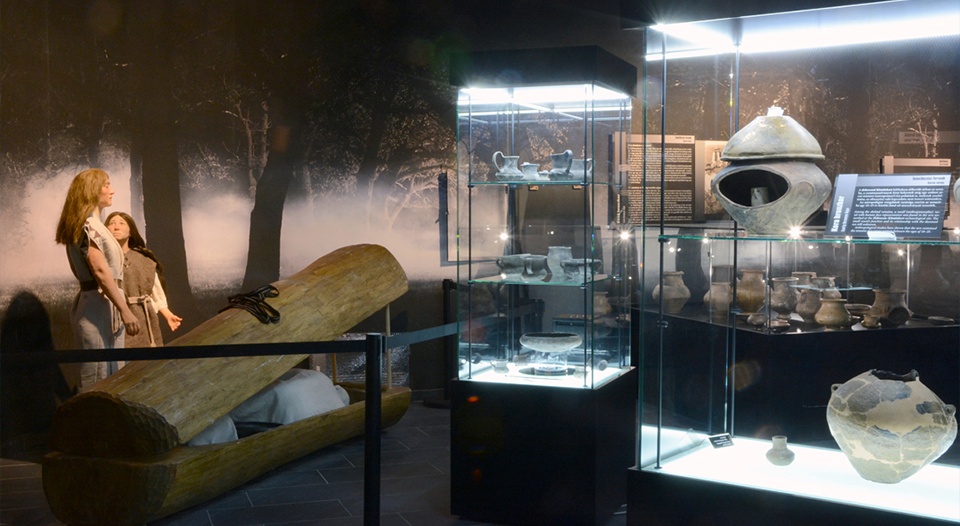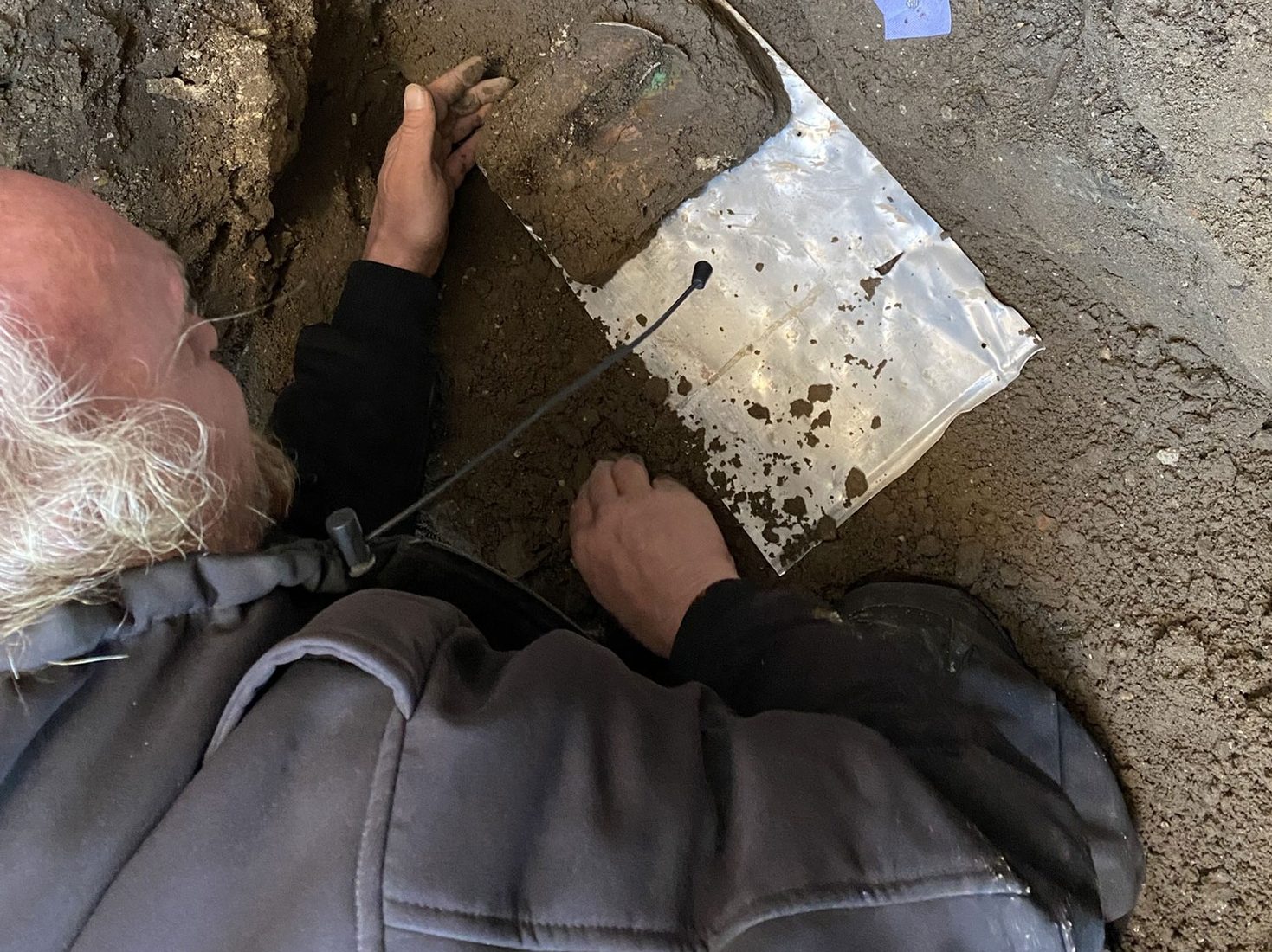
This is the second lamellar armor that can be described as complete, after the artifact excavated in Derecske in 2017.Continue reading

Archaeologists have recently uncovered one of the oldest cemeteries from the medieval and early modern period of Kecskemét (central Hungary) during the initial phase of renovating the Kodály Institute of the Liszt Ferenc Academy of Music, as confirmed by archaeologist András Kristóf Fazekas.
The expert at the local József Katona Museum recalled that in the 1640s, Franciscan monks were granted the area where they erected several presumably wooden structures. However, a devastating fire in 1678 destroyed this complex to the ground. In the aftermath, the present-day Baroque monastery was constructed, becoming an integral part of the city’s medieval center. Notably, the tower-like structure visible from Kéttemplom alley dates back much earlier, likely built in the early 1400s. During the excavation process within the institute’s premises, remnants of this core were unearthed.
Mr. Fazekas emphasized that excavation work integral to the Kodály Institute’s renovation, will extend beyond the former monastery walls, situated centrally in the city.
In recent weeks, archaeologists focused on a compact area measuring only 15 square meters, already recognized archaeologically. This spot housed one of Kecskemét’s oldest cemeteries from the late 14th century until 1778, encompassing what is now Romkert (Ruin Garden). Empress Maria Theresia’s late 18th-century decree discontinued burials within the town, mandating new burial grounds outside its limits.
During excavation, experts unearthed 18 partially or entirely preserved skeletons across multiple levels, along with a significant cache of human bones.
The archaeologist attributed the considerable disturbance in the area to the densely packed nature of urban cemeteries, compounded by centuries of interments. Furthermore, the construction of the monastery’s northeastern wall in the early 18th century and subsequent earthworks for various projects contributed to grave disturbance and destruction.
The discovery of wood remnants and coffin nails reveal burial customs, indicating that the region’s inhabitants interred their dead in plank coffins. Notably, the skeletons were uniformly oriented southwest to northeast, aligning with the orientation of the Franciscans’ church.
Excavations also revealed the remains of infants and children, primarily due to their burial in upper layers, as children were typically interred in shallower graves compared to adults.
One standout find was the grave of an infant girl, buried at a height of approximately 70 centimeters from the pavement level, adjacent to the church’s sanctuary. Despite her brief life, an intricate pair of pearls with bronze spirals adorned her head at burial, a style indicative of the 1600s, as noted by Orsolya Zay, an archaeologist at the Dobó István Castle Museum in Eger (eastern Hungary).
András Kristóf Fazekas highlighted the preservation efforts, including the extraction and preservation of the skull and pearls together, affording the possibility of restoring the once-living girl’s ornate accessory to its original splendor in a restorer’s workshop.
Via MTI; Featured Image: Facebook / Kecskeméti Múzeum